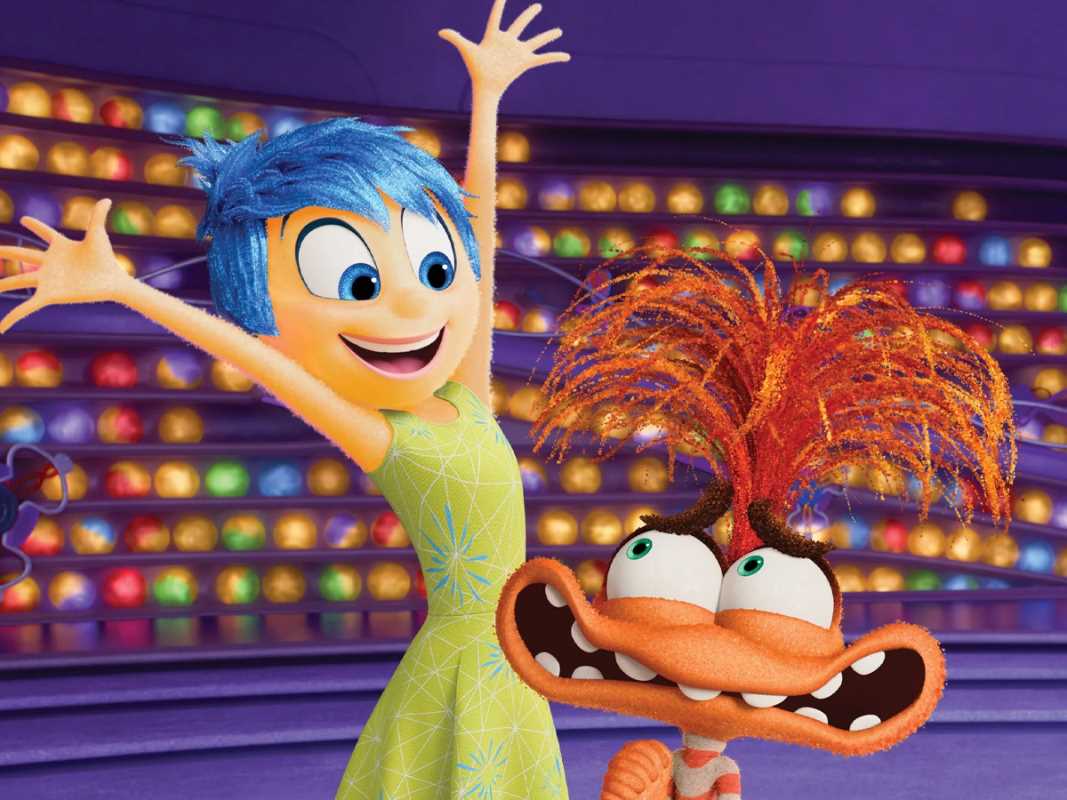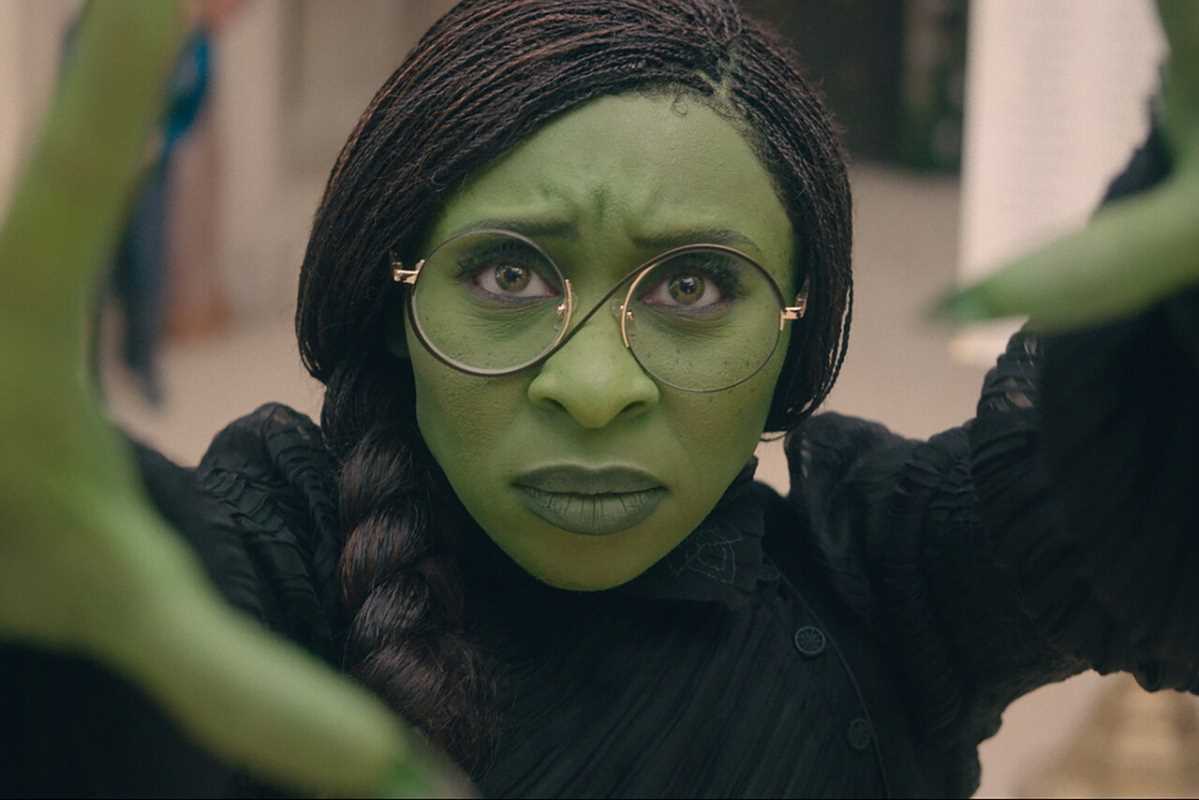For most of history, stories have been a one-way street. A storyteller, author, or filmmaker creates a narrative, and the audience sits back to passively receive it. We follow the characters, experience their journey, and accept the ending we are given. But what if you could change the story? What if your choices determined whether the hero succeeds or fails, finds love or walks away alone? This is the exciting world of interactive storytelling, where the audience is no longer just a spectator but an active participant. By giving viewers the power to influence the plot, this format is breaking down the wall between creator and consumer, turning stories into dynamic, personal experiences. It’s a major shift in how we engage with narratives, and it’s pointing toward the future of entertainment.
What is Interactive Storytelling?
Interactive storytelling is a form of entertainment where the narrative unfolds based on the choices made by the audience. Instead of a single, linear plot, an interactive story presents the viewer with decision points, or "branches," that lead to different outcomes. Think of it like a "choose your own adventure" book, but for the digital age. At a critical moment in the story, you might be asked to make a decision for the main character. Do they accept the mysterious job offer, or do they play it safe? Do they tell the truth, or do they lie to protect a friend? Each choice you make sends the story down a different path, leading to unique scenes, character interactions, and ultimately, one of several possible endings.
This is made possible by complex narrative design and technology. Creators have to write and produce multiple storylines simultaneously. A single interactive movie might contain hours of footage that most viewers will never see, as it's hidden behind different choice-driven paths. The technology then seamlessly weaves your decisions into the narrative, creating a fluid and personalized viewing experience. The goal is to make you feel like you are co-creating the story as it happens.
From Video Games to Mainstream Movies
The roots of interactive storytelling are deeply embedded in video games. For decades, role-playing games (RPGs) and adventure games have allowed players to shape their own stories through dialogue choices and actions. Games like The Witcher or Mass Effect are celebrated for their intricate plots that change dramatically based on player decisions, creating deep emotional investment and high replay value. Players spend hours exploring different possibilities, eager to see how a different choice might alter the fate of their characters and the world they inhabit.
Now, this concept has jumped from gaming consoles to streaming services. Platforms like Netflix have been experimenting with interactive specials for both kids and adults. One of the most famous examples is Black Mirror: Bandersnatch. This standalone film puts the viewer in control of a young programmer in the 1980s who is adapting a fantasy novel into a video game. Throughout the story, you make choices for him, ranging from the mundane (what cereal to eat) to the life-altering. These decisions lead to vastly different storylines and multiple distinct endings, sparking countless online discussions as viewers compared their unique journeys. This brought interactive storytelling to a massive mainstream audience, proving that there is a real appetite for this kind of engagement outside of the gaming world.
The Power of Choice and Emotional Connection
Why is interactive storytelling so compelling? The magic lies in the sense of agency it gives the audience. When you make a choice for a character, you become more than just an observer; you become responsible for their fate. This creates a much deeper level of emotional investment. If you make a decision that leads to a positive outcome, you feel a sense of accomplishment. If your choice results in tragedy, you might feel a pang of guilt or regret. This emotional weight makes the story feel more personal and impactful. You are not just watching a character's story; in a way, it has become your story.
This format also taps into our natural curiosity. We are always wondering, "What if?" What if the hero had made a different choice? In a traditional story, you can only speculate. In an interactive one, you can go back and find out. This encourages viewers to re-watch the content multiple times, exploring different paths to see all the possible outcomes. This replayability adds immense value to a single piece of entertainment, offering a different experience with each viewing. It turns a passive movie night into an active exploration of narrative possibilities.
The Creative Challenges of Building a Branching World
While interactive storytelling offers a thrilling experience for the audience, it presents a huge creative and logistical challenge for creators. Crafting a compelling interactive narrative is exponentially more complex than writing a traditional linear script. A writer can't just focus on one perfect storyline; they must develop dozens of potential plot threads that are all satisfying in their own right. Every choice needs to feel meaningful, and every path needs to lead to a coherent and engaging conclusion.
The production process is also far more demanding. A 90-minute interactive film might require shooting 300 minutes of footage to cover all the possible branches. This has significant implications for budgets, shooting schedules, and actors' workloads. Actors have to perform scenes multiple times with subtle variations depending on the choices that led to that moment. Directors and editors then have the monumental task of piecing all these branching paths together into a seamless experience. The technical framework that runs the story has to be flawless to ensure that the viewer's choices are tracked correctly and the story flows without interruption.
What's Next for Interactive Entertainment?
We are still in the early days of interactive storytelling in mainstream media, and the possibilities are just beginning to be explored. As technology advances, we can expect to see even more sophisticated and immersive experiences.
Live events could become interactive on a massive scale. Imagine watching a play or a concert where the audience's collective votes, submitted through their smartphones, determine the next scene or the next song. This could create a unique, one-of-a-kind performance every single night.
Virtual reality (VR) and augmented reality (AR) are poised to take interactive storytelling to another level. In a VR experience, you won't just be making choices for a character on a screen; you will be the character. You could walk through the story world, interact with other characters face-to-face, and make decisions with your own actions. This would create a level of immersion that is currently impossible to achieve with traditional media.
 (Image via
(Image via





